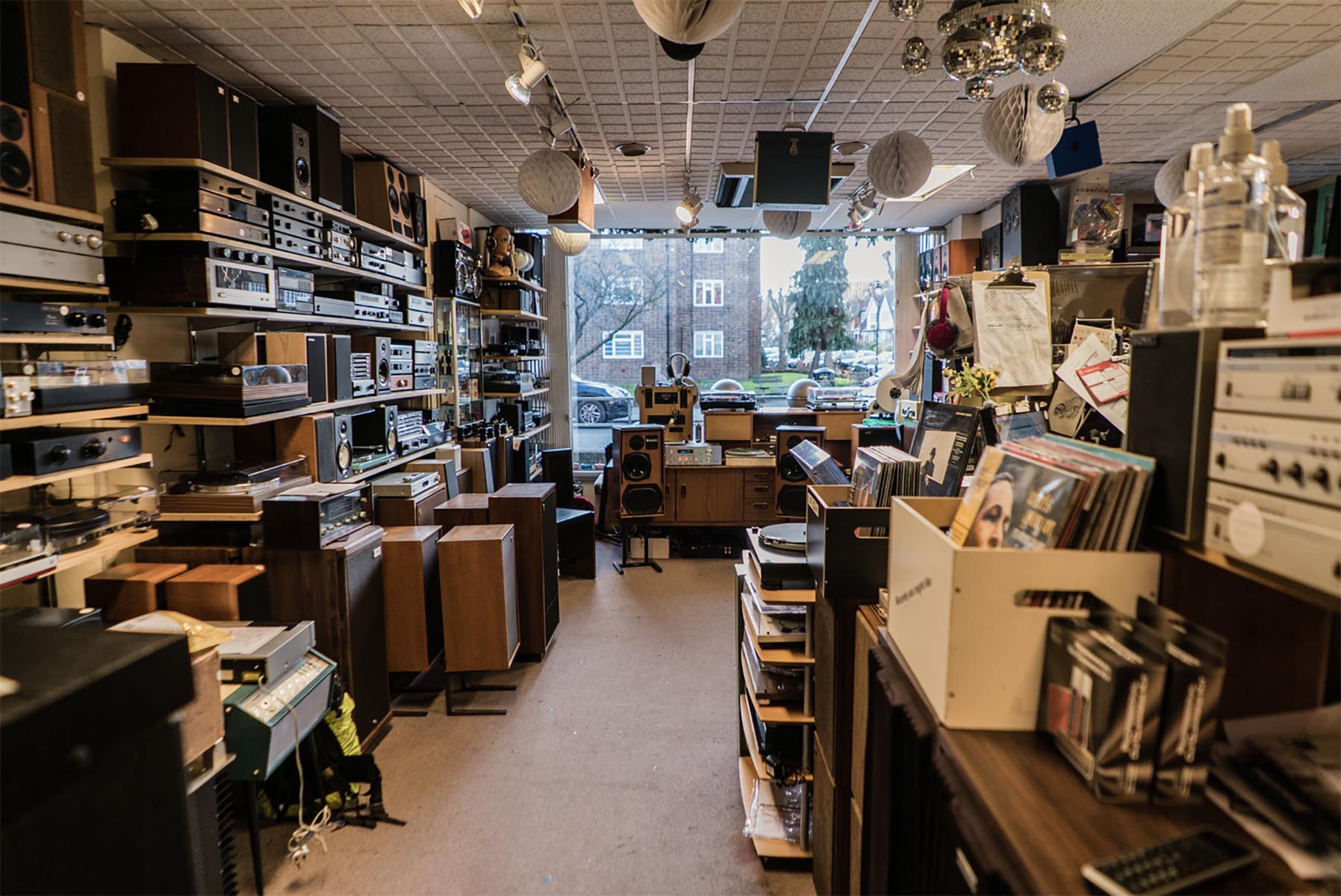Under the Hood
We have scoring for picture, we have scoring for orchestra and now we have scoring for sound. It seems odd that we would score for sound because that's the "material" that we use for scoring, but this is the evolution of music from music that was written primarily on score paper by composers arrangers and orchestrators and that's all been wiped out now. Anybody can be a composer because that's all they have to do is play around with sound: they're scoring for the sound of a french horn section, not an actual section. If there's some kind of notation that comes out of that as a function of MIDI then that's the by-product.
This came to mind when I was on my walk earlier and was thinking about possibly creating a string quartet for one of the Brassai pieces. It would seem to really fit in with 1930s Paris. Essentially, I am "scoring" the sound of Paris in 1934.
The past couple months I've been working right in the score. I actually like it because it allows me to think architecturally (or structurally) disabused of "interior decoration": selecting paint colors, flooring, window treatments, lighting, and so on. I just want to be under the hood. (Interesting: in the future if/when all vehicles are electric, what would be "under the hood"?)
5/7/2021
***
From a recent book The Perfect Sound. We can go down the rabbit hole of technology and not see the music for it.
"As my listening acquired more focus and expertise, my ears excessively asking first for more romance and warmth, then refinement and tonal purity, then things audio files call soundstaging, air, and bloom. I’d identify different components I thought would help me in this pursuit, rapidly changing equipment throughout my first year in this quest, thirsty to hear more and more nuances, reach grander heights, and have more powerful and inspiring musical experiences through an obsessive refinement of my audio gear."



Comments